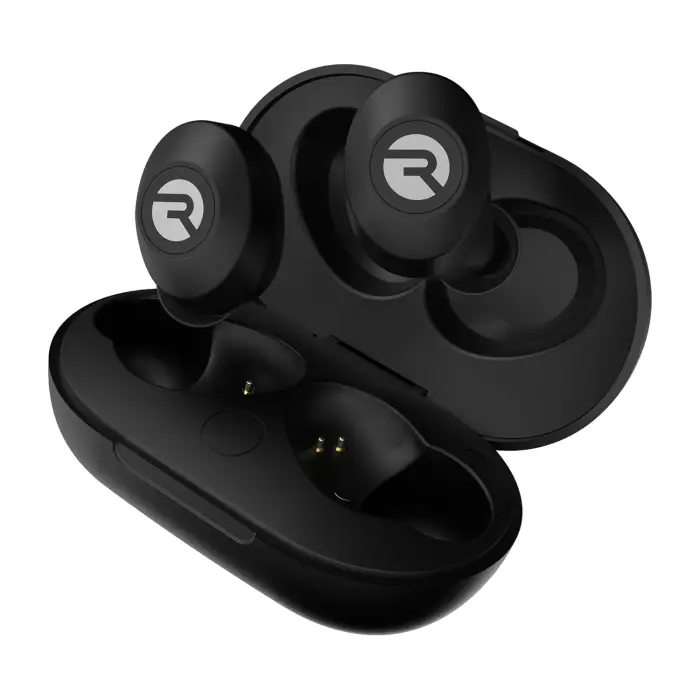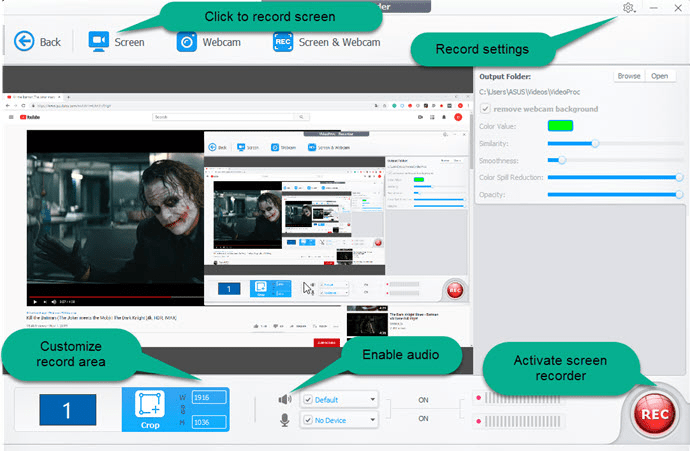System haptics on iPhone is a feature that enhances the user experience by providing tactile feedback when certain actions are performed on the device. This feature uses the Taptic Engine, a small motor that creates precise vibrations, to provide users with subtle haptic feedback that can help them better understand and interact with their device.
System haptics on iPhone is a relatively new feature that was first introduced with the iPhone 7 in 2016. Since then, it has become an integral part of the iPhone user experience, providing users with a new way to interact with their devices. In this article, we will explore what system haptics are, how they work, and why they are important.
What is System Haptics on iPhone?
System haptics on iPhone is a series of vibrations that occur when certain actions are performed on the device. For example, when a user switches the device to silent mode, a subtle vibration is felt, indicating that the mode has been activated. Similarly, when a user swipes to delete an item, a small vibration is felt, indicating that the action has been completed.
These vibrations are created by the Taptic Engine, a small motor that is located inside the iPhone. The Taptic Engine uses electromagnetic technology to create precise vibrations that are tailored to specific actions. This allows users to receive subtle feedback that can help them better understand and interact with their devices.
Ways to Get Haptic feedback on iPhones
There are several ways to get haptic feedback on iPhones, here we will provide the all details related to this:
Tapping the screen
When you tap an app icon or a button on your iPhone’s screen, you will feel a slight vibration, providing you with haptic feedback.
3D Touch
If you have an iPhone that supports 3D Touch (iPhone 6S and later), you can press and hold on the screen to activate a range of shortcuts, menus, and other functions. When you press on the screen, you will feel a haptic feedback response, which provides a sense of physical feedback.
Notifications
When you receive a notification, your iPhone will provide haptic feedback. The vibration pattern will depend on the type of notification you receive.
Taptic Engine feedback
Some iPhone apps and features use the Taptic Engine to provide more nuanced haptic feedback. For example, when you adjust the volume or change the brightness, your iPhone will provide haptic feedback, letting you know that the action has been completed.
Keyboard Feedback
When you type on your iPhone’s keyboard, you can enable haptic feedback, which provides a subtle vibration each time you tap a key. To enable keyboard haptic feedback, go to Settings > Sounds & Haptics > Keyboard Clicks and toggle on “Vibrate on Ring”.
These are some of the ways you can get haptic feedback on iPhones. Haptic feedback is a useful feature that can help you better understand and interact with your device, providing a tactile response to your actions.
What iPhone models include Haptic Feedback?
Most of the recent iPhone models include haptic feedback. Here is a list of iPhone models that include haptic feedback:
- iPhone 7 and 7 Plus
- iPhone 8 and 8 Plus
- iPhone X, XS, XS Max, and XR
- iPhone 11, 11 Pro, and 11 Pro Max
- iPhone SE (2nd generation)
- iPhone 12, 12 mini, 12 Pro, and 12 Pro Max
- iPhone 13, 13 mini, 13 Pro, and 13 Pro Max
All of these iPhone models have the Taptic Engine, which is responsible for providing haptic feedback. The Taptic Engine is a small motor that provides precise vibrations for a variety of different actions on the device.
How does System Haptics on iPhone work?
System haptics on iPhone work by using the Taptic Engine to create vibrations that are specifically designed for certain actions. These vibrations are triggered by the software on the device when certain actions are performed.
For example, when a user receives a notification, the Taptic Engine will create a specific vibration pattern that corresponds to that notification.
The Taptic Engine can create a variety of different vibration patterns, each of which can be tailored to specific actions. This allows for a more nuanced and precise feedback system than traditional vibration motors, which simply create a generic vibration.
Why is System Haptics on iPhone important?
System haptics on iPhones is important because they provide users with a new way to interact with their devices. By providing tactile feedback, users can better understand when actions have been completed and when certain modes or settings have been activated. This can lead to a more intuitive and efficient user experience.
In addition, system haptics on iPhone can help users with disabilities or impairments. For example, individuals who are visually impaired can use system haptics to better understand when certain actions have been performed on the device. Similarly, individuals who are deaf or hard of hearing can benefit from the tactile feedback provided by system haptics.
How to Turn OFF or ON Haptic Feedback?
Haptic feedback can be a useful feature for providing physical feedback when interacting with your iPhone, but it may not be for everyone. Turning haptic feedback off can help conserve battery life and reduce distractions. On the other hand, turning it on can enhance your experience by providing more tactile feedback. You can turn on or off haptic feedback on your iPhone by following these steps:-
Step 1:
Open the Settings app on your iPhone.
Step 2:
Scroll down and tap on “Sounds & Haptics” (or just “Sounds” on older models).
Step 3:
Toggle the switch next to “System Haptics” to turn haptic feedback on or off.
Step 4:
If you want to customize haptic feedback for specific features, such as keyboard clicks or lock sounds, scroll down to “Sounds and Vibration Patterns” and select the feature you want to customize.
Step 5:
Adjust the settings for the feature, including haptic feedback, vibration patterns, and sound.
Note that some apps may have their own haptic feedback settings, which you can access within the app’s settings. If you want to turn off haptic feedback for a specific app, you may need to adjust the settings within that app.
Conclusion
System haptics on iPhone is a powerful feature that enhances the user experience by providing tactile feedback when certain actions are performed on the device. By using the Taptic Engine, the iPhone can provide nuanced and precise feedback that can help users better understand and interact with their devices.
This feature is important because it provides a new way for users to interact with their devices, and can help individuals with disabilities or impairments. Overall, system haptics on iPhones is a powerful tool that can help users get the most out of their devices.
Read More:-







